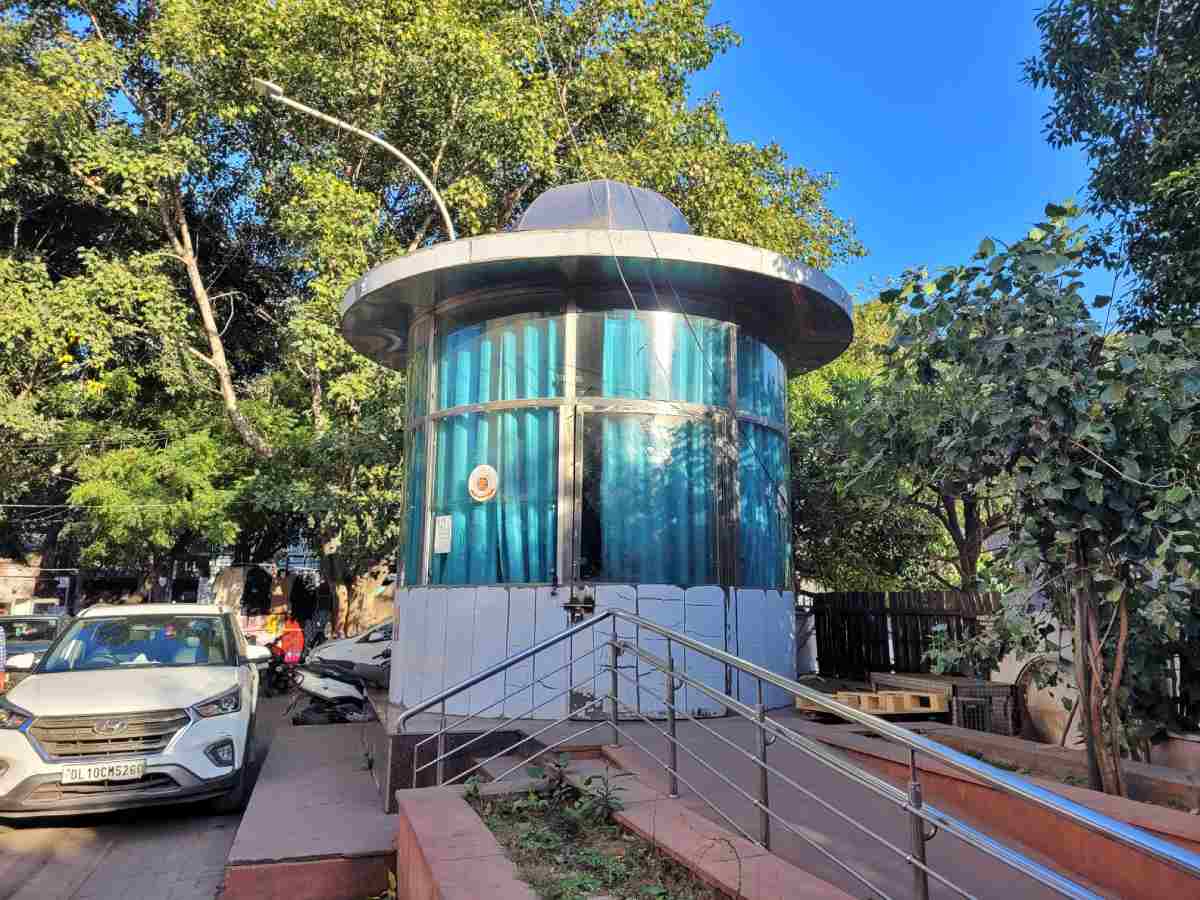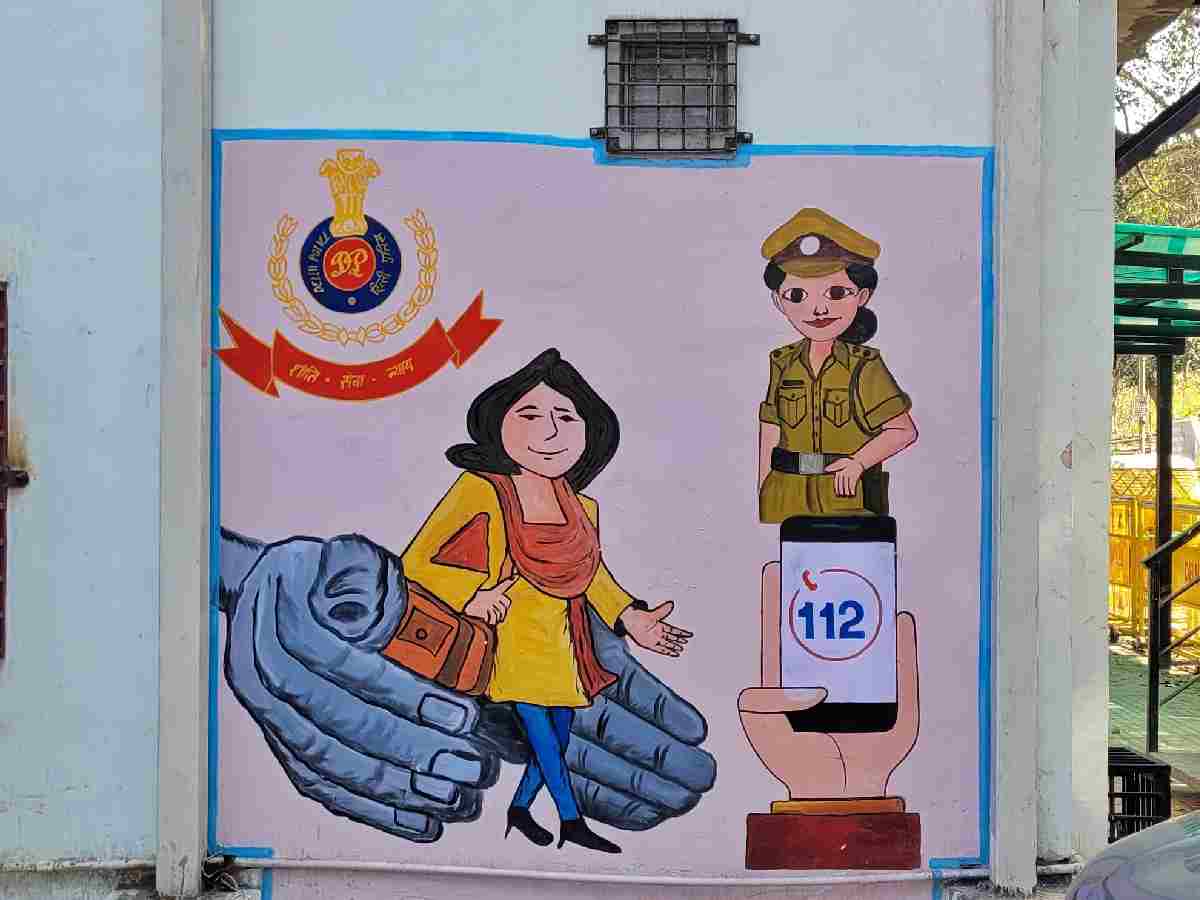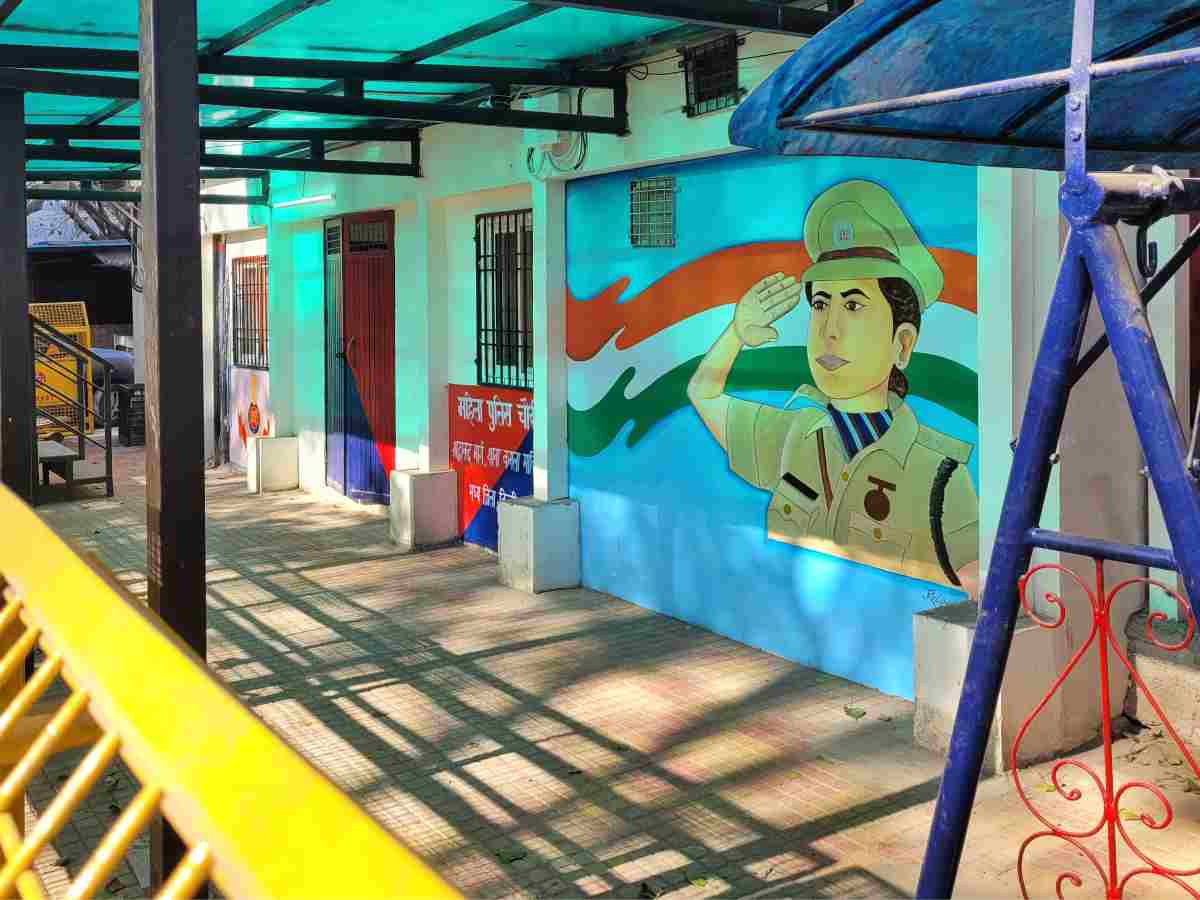Almost three years ago, the Delhi Police launched a novel initiative aimed at making the city’s streets safer for women. This led to the creation of two types of facilities—‘pink booths’ and ‘integrated facilitation police booths’. The former were intended to make police services more accessible to women, while the latter were designed to provide general assistance to the public.
Numbers on the decline
Since the launch of the initiative, there has been a steady decline in the number of pink booths operating in the national capital. According to police records, Delhi initially had 135 pink booths and 115 integrated facilitation police booths. Today, official estimates indicate that only a little over 50 pink booths remain, with integrated booths following a similar downward trend.
Adding to the concern, many of the remaining pink booths are manned by male officers. In the North West district, for instance, of the 11 pink booths listed, five have male officers in charge, while four are managed jointly by male and female personnel. Only two are run exclusively by female officers.
Personnel shortage cripples the initiative
Much of the apathy surrounding the pink booths is rooted in a broader issue: the shortage of female police officers. Once celebrated as a progressive measure to create safe spaces for women to report harassment, domestic violence, and gender-based crimes, the initiative is now floundering due to lack of personnel.
With many police departments operating below capacity, resources have been redirected to core functions like patrolling and emergency response.
“We are facing an unprecedented shortage of women officers, and maintaining the pink booths is no longer sustainable without compromising our ability to respond to urgent calls,” said a senior official.
Women still under-represented in police force
The percentage of female officers in the Delhi Police has hovered around 10% for the past decade. Although efforts are being made to triple that number, progress has been minimal. National data reflects a similar pattern. As of January 1, 2022, only about 14% of the total civil police force in India comprised women, according to the Ministry of Statistics and Programme Implementation.
“We are still trying to keep the initiative alive, but it remains to be seen if we have enough female cops to ensure it can live up to its original promise. Otherwise, it is just a normal booth,” another senior official stated.
A promising start
Launched in October 2021, the Pink Booth Initiative was conceived to enhance women’s safety by placing police booths staffed by female officers in high-traffic areas such as schools, colleges, coaching centres, and markets. These booths were meant to provide a secure environment where women could report harassment, seek help, and access police services without hesitation. Additional features included self-defence training, helpline numbers, and mobile patrolling units.

In conjunction with this, on July 3, 2021, the Delhi Police inaugurated the first Integrated Police Facilitation Booth (IPFB) at Kingsway Camp, Mukherjee Nagar. These booths aimed to address women’s safety concerns, assist with lost-and-found cases, and offer general public services on the spot.
Erratic functioning and inaccessible booths
While police officials claim that the North district still has 13 pink booths and the Outer district has 10, residents have raised concerns over their erratic functioning. None of the pink booths operate 24 hours, and many are seldom open or accessible. Residents near the Lothian Road pink booth report that the facility exists only on paper.
“For a normal police chowki, it is fairly big. Yet, they do not even come here to spend a marginal amount of time inside it. Even to report a petty crime, the nearest booth is about two kilometres away at Yamuna Bazaar,” said Meena Qureshi, a local resident.
The Subzi Mandi pink booth in Mangolpuri’s R-Block faces similar issues. Although prominently located on the main road, residents say it rarely sees any female officers.
Also Read: From Hazaaron Khwahishen to Dastangoi: Children discover joy in Urdu arts
“Normally, it’s always a male officer who comes in and sits at the office. There are never any female officers around. Kayde se toh issey normal booth bana dena chahiye (In all fairness, they should turn this pink booth into a normal booth),” said Mohammed Ismail, a vegetable vendor.
Tourist zones left behind
The situation in New Delhi district is particularly stark. Despite being one of the city’s prime tourist and nightlife hubs, it has the fewest pink booths—only five, according to Delhi Police data. Connaught Place and Janpath, two of the busiest areas, have none.
Earlier, a single pink booth had served both locations. But due to staffing shortages, it was eventually converted into a resting space for police officers and repainted from pink to a dull blue.
“We use this spot to unwind after our shift. It’s now a break room for police, not a pink booth anymore. Still, we’re ready to assist anyone who needs help,” said a head constable on patrol. Local traders noted that with fewer officers stationed there, public awareness of the booth has diminished.

At Deshbandhu College in Kalkaji, the pink booth is in a similar state of neglect. Though officially listed, students say it opens only when convenient for police personnel.
“There is no fixed time, or even a specific day. If you are lucky, you might just catch them taking a nap inside the office. Otherwise, tough luck. As it is, there are barely any female officers ever,” said Mariam, a student at the college.





